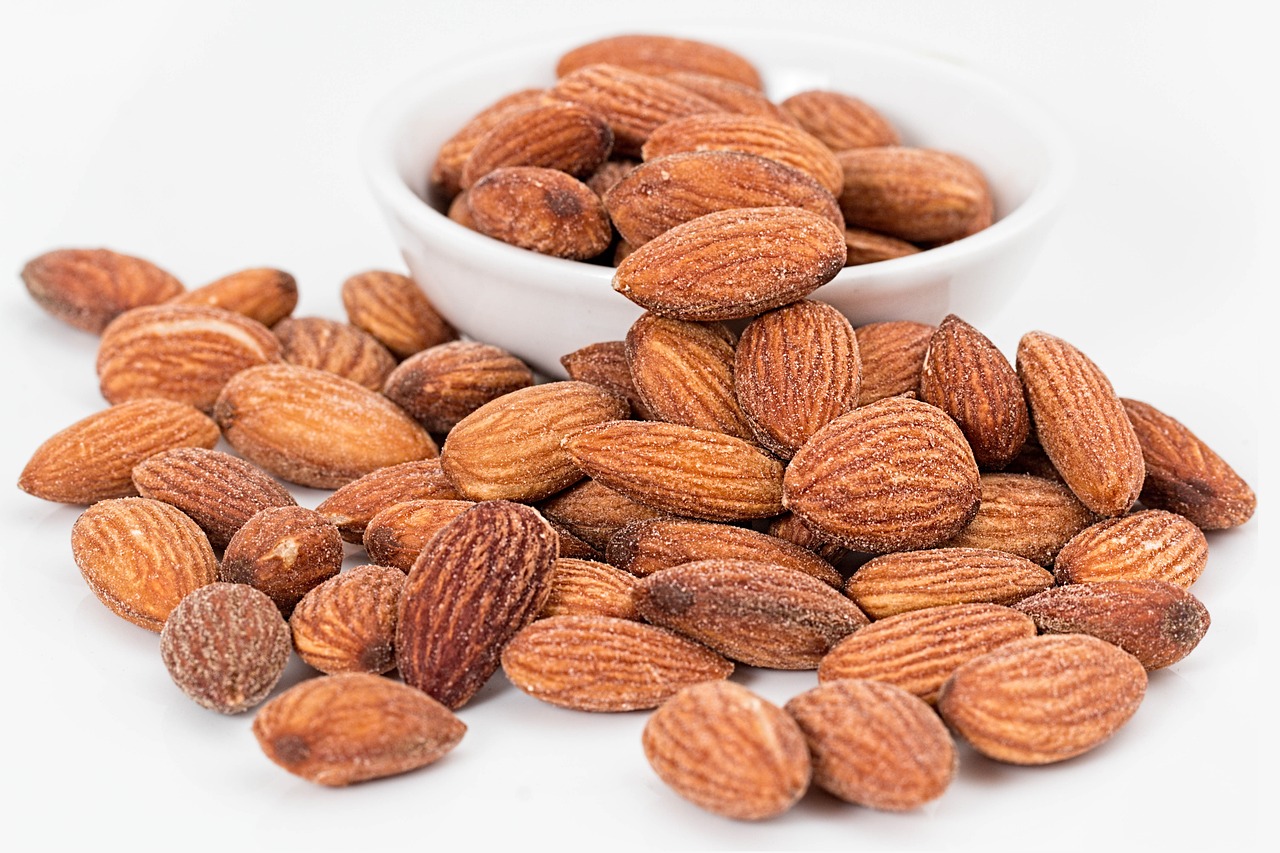“`html
The Low-Fat Diet: A Comprehensive Guide to Healthy Eating
In today’s fast-paced world, the pursuit of a healthy lifestyle can often lead to overwhelming choices and conflicting information. Among the numerous dietary approaches available, the low-fat diet stands out due to its focus on promoting health while encouraging weight management. This detailed guide will explore the intricacies of a low-fat diet, its advantages, how to effectively implement it, and common misconceptions associated with it. If you’re looking to understand how to adopt a low-fat diet for better health and wellbeing, you’ve come to the right place.
Understanding the Low-Fat Diet
A low-fat diet primarily involves reducing the intake of fats, particularly saturated and trans fats, while emphasizing increased consumption of fruits, vegetables, whole grains, and lean proteins.
What Constitutes a Low-Fat Diet?
- Typically, a low-fat diet contains less than 30% of total daily calories from fat.
- Focus on unsaturated fats (found in avocados, nuts, and olive oil) over saturated fats (found in fatty cuts of meat and full-fat dairy).
- Emphasizes high-fiber foods which aid in digestion and satiety.
The Science Behind Fats
Understanding the different types of fats is crucial for anyone considering a low-fat diet:
- Unsaturated Fats: Generally considered healthy, these fats can improve heart health.
- Saturated Fats: Often found in animal products, these fats should be limited to reduce heart disease risk.
- Trans Fats: Industrially processed fats that should be completely avoided.
Benefits of a Low-Fat Diet
Adopting a low-fat diet can lead to numerous health benefits:
- Weight Loss: Reducing fat intake can help create a calorie deficit.
- Heart Health: Lowering saturated and trans fat can reduce cholesterol levels and decrease the risk of heart disease.
- Diabetes Management: Healthy fat choices can stabilize blood sugar levels.
- Improved Overall Nutrition: A focus on plant-based foods often leads to higher fiber and vitamin intake.
Key Components of a Low-Fat Diet
When implementing a low-fat diet, it’s important to focus on filling your meals with nutrient-rich foods. Here are essential components to include:
Fruits and Vegetables
- Promote variety; aim for a rainbow of colors.
- Incorporate seasonal produce for freshness and taste.
Whole Grains
- Choose whole grain bread, brown rice, and quinoa.
- Read labels to ensure you’re avoiding added fats and sugars.
Lean Proteins
- Opt for skinless poultry, fish, beans, and legumes.
- Incorporate plant-based protein sources like tofu or tempeh.
How to Implement a Low-Fat Diet
Transitioning to a low-fat diet doesn’t have to be overly complicated. Here are practical steps to get started:
Meal Planning
- Assess Your Current Diet: Identify high-fat foods you consume regularly.
- Set Realistic Goals: Focus on gradual reduction rather than an immediate overhaul.
- Create Balanced Meals: Aim for every meal to contain healthy fats, lean proteins, and complex carbohydrates.
Cooking Techniques
- Use cooking methods such as baking, steaming, grilling, or sautéing with minimal oil.
- Experiment with spices and herbs to add flavor without adding fats.
Common Myths About Low-Fat Diets
Despite its benefits, several myths surround the low-fat diet:
Myth 1: All Fats are Bad
Not all fats are created equal. While saturated and trans fats can be harmful, healthy fats play a crucial role in brain health and hormone regulation.
Myth 2: Low-Fat Foods are Always Healthier
Many low-fat products are artificially sweetened or contain added sugars to improve taste. Always read labels!
Myth 3: Low-Fat Diets Aren’t Filling
A diet rich in fruits, vegetables, and whole grains can provide the necessary nutrients and fibers for satiety.
Conclusion
The low-fat diet is a strategic approach to healthier eating that focuses on promoting overall wellness and weight management through mindful food choices. With clear benefits ranging from weight loss to improved heart health, a low-fat diet can be a sustainable option for many individuals. Remember, it’s crucial to balance your diet with nutrient-dense foods, and don’t be afraid to consult with a nutritionist to tailor the plan to your specific needs. By making small, manageable changes and emphasizing whole foods, you can set the stage for a healthier future.
“`



